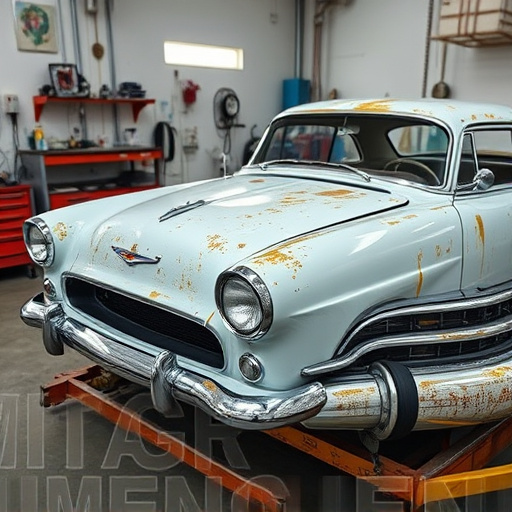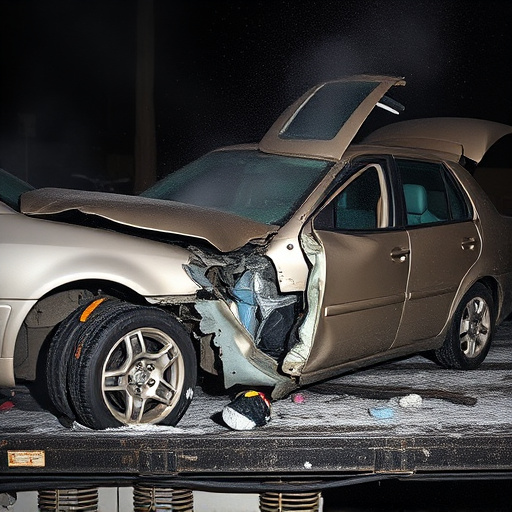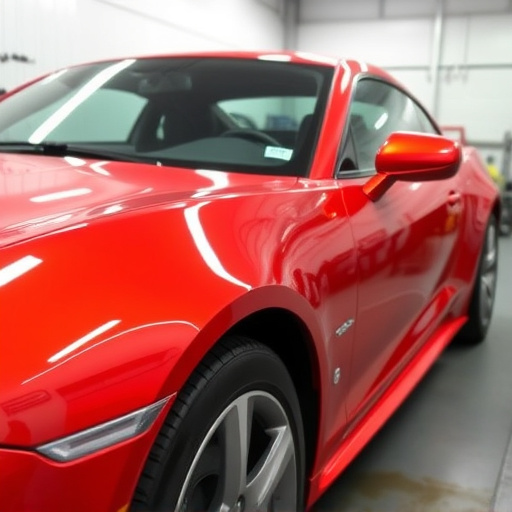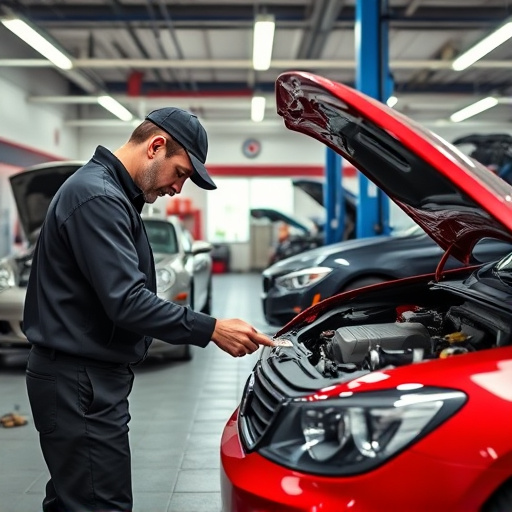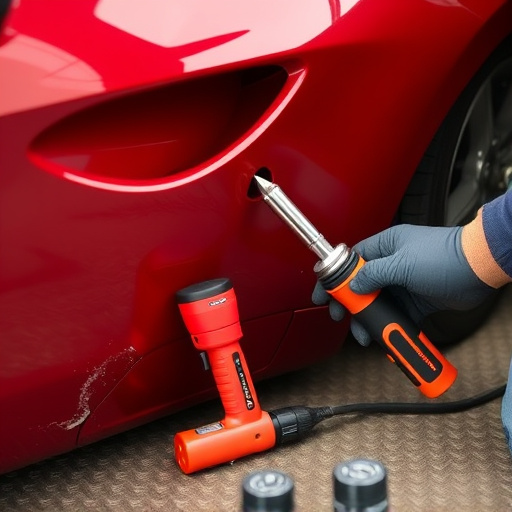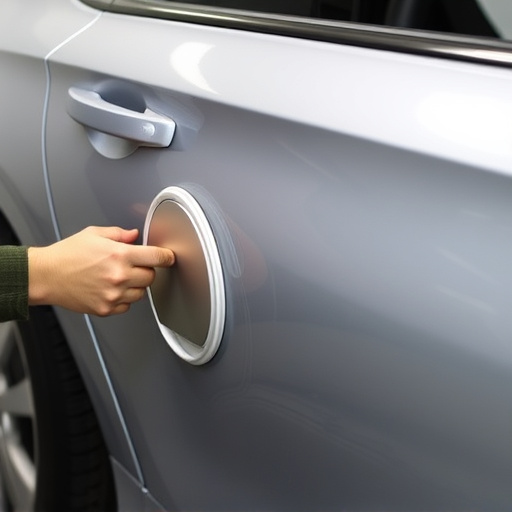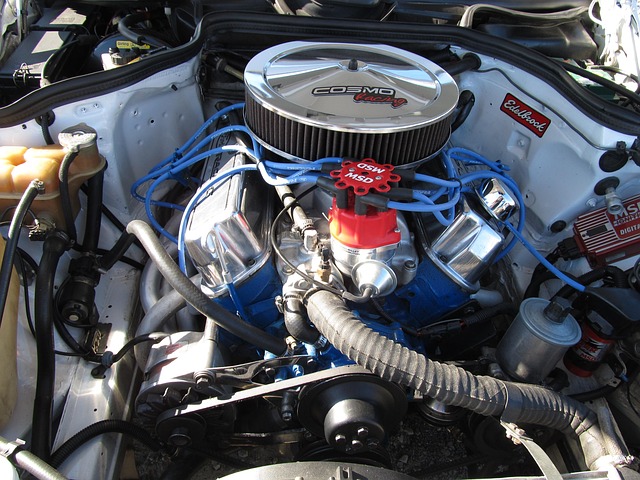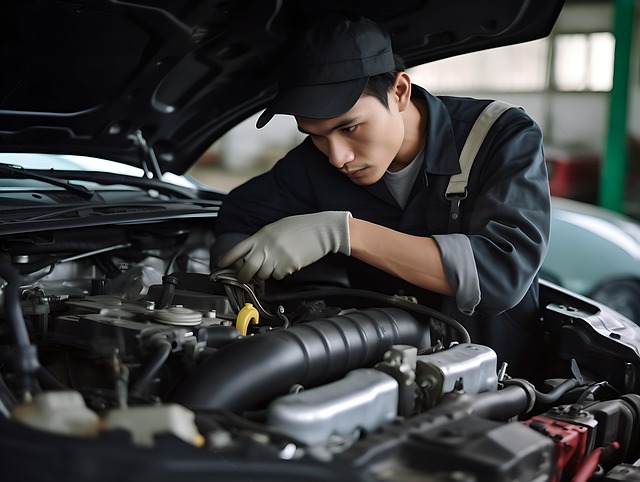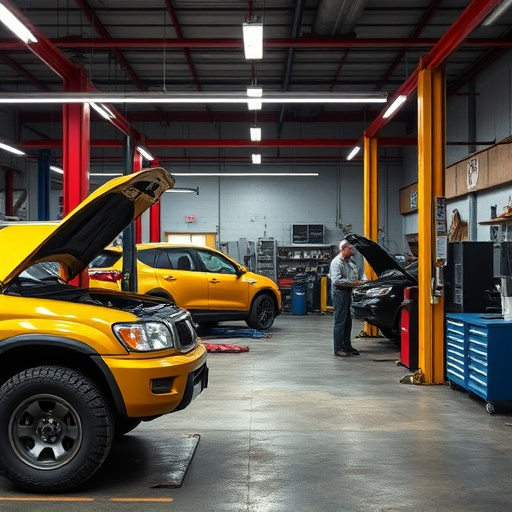Understanding your insurance repair warranty is key to ensuring your vehicle's structural integrity and aesthetic restoration after a collision. Policies vary, offering lifetime warranties on specific repairs for peace of mind. After skilled technicians complete repairs, eligible vehicles can receive coverage, protecting against unforeseen issues. Review your policy, gather documentation, contact your provider, and maintain communication for smooth warranty application and successful claim processing.
After a collision, understanding your insurance repair warranty is crucial. This guide breaks down the process of applying for warranty support post-collision repairs, focusing on key aspects like understanding your insurance and repair coverage, navigating the collision repair process, and successful steps to claim warranty benefits. By following these steps, you can ensure your vehicle returns to optimal condition while leveraging available warranties for peace of mind.
- Understanding Your Insurance and Repair Warranty Coverage
- The Collision Repair Process and Warranty Claims
- Steps to Successfully Apply for and Receive Warranty Support Post-Repairs
Understanding Your Insurance and Repair Warranty Coverage

When dealing with collision repairs, understanding your insurance and repair warranty coverage is crucial. Your insurance policy typically provides a guarantee on the repairs, ensuring that the vehicle returns to its pre-collision condition. This includes not just structural integrity but also aesthetic elements like paintwork and trim. It’s essential to review your policy to comprehend the scope of this coverage, as policies vary widely between providers and types of plans.
Knowing your rights under the insurance repair warranty is key. For instance, many policies include a lifetime warranty on certain repairs, particularly those involving complex systems or structural components. For auto body repair, including fender repair, this means that if issues arise due to faulty workmanship or materials, you may be entitled to additional support without incurring further costs. This coverage can extend beyond the initial repair period, offering peace of mind for drivers who have invested in quality vehicle collision repair services.
The Collision Repair Process and Warranty Claims

The collision repair process involves several steps, from initial assessment to final reconditioning. After a vehicle sustains damage in an accident, it’s taken to a specialized workshop where skilled technicians inspect and diagnose the extent of the harm. This may include structural damage, such as frame straightening, or cosmetic issues like dents and scratches. Once the repairs are completed, whether that involves intricate frame work or straightforward body panel replacements, the vehicle is ready for warranty consideration.
Warranty claims are an integral part of the post-collision repair experience, offering peace of mind to car owners. Insurance repair warranties typically cover a range of issues, ensuring that any unforeseen problems arising from the collision repair process are addressed without additional costs. These claims can be made by the policyholder if they believe the repairs have not been carried out to the required standard or if certain parts fail within a specified period after the repair. Understanding your insurance repair warranty and knowing how to navigate the claim process is crucial for ensuring a smooth transition back to safe and reliable vehicle operation.
Steps to Successfully Apply for and Receive Warranty Support Post-Repairs

Applying for warranty support after collision repairs can seem daunting, but with a structured approach, it becomes a straightforward process. First, review your insurance policy and understand the terms regarding repair coverage. Many insurance providers offer comprehensive plans that include warranties for auto body services, ensuring peace of mind. Once you’ve confirmed eligibility, gather all necessary documentation, including estimates from reputable automotive collision repair centers.
Next, contact your insurance provider directly to initiate the warranty support application. Clearly communicate the details of the accident, repairs conducted, and any concerns you may have. The insurer will guide you through the specific steps required, which might involve submitting additional forms or providing proof of work completed. Regularly follow up with them to ensure your claim is being processed efficiently, and don’t hesitate to ask for assistance if needed. Effective communication and prompt action are key to successfully receiving warranty support for your post-repair auto maintenance needs.
After undergoing collision repairs, understanding your insurance coverage and the warranty process is crucial. By familiarizing yourself with these aspects, you can seamlessly navigate the claims process, ensuring a smooth journey towards restoring your vehicle to its pre-accident condition. With the right guidance, effectively applying for warranty support post-repairs is achievable, giving you peace of mind and the protection your investment deserves.
